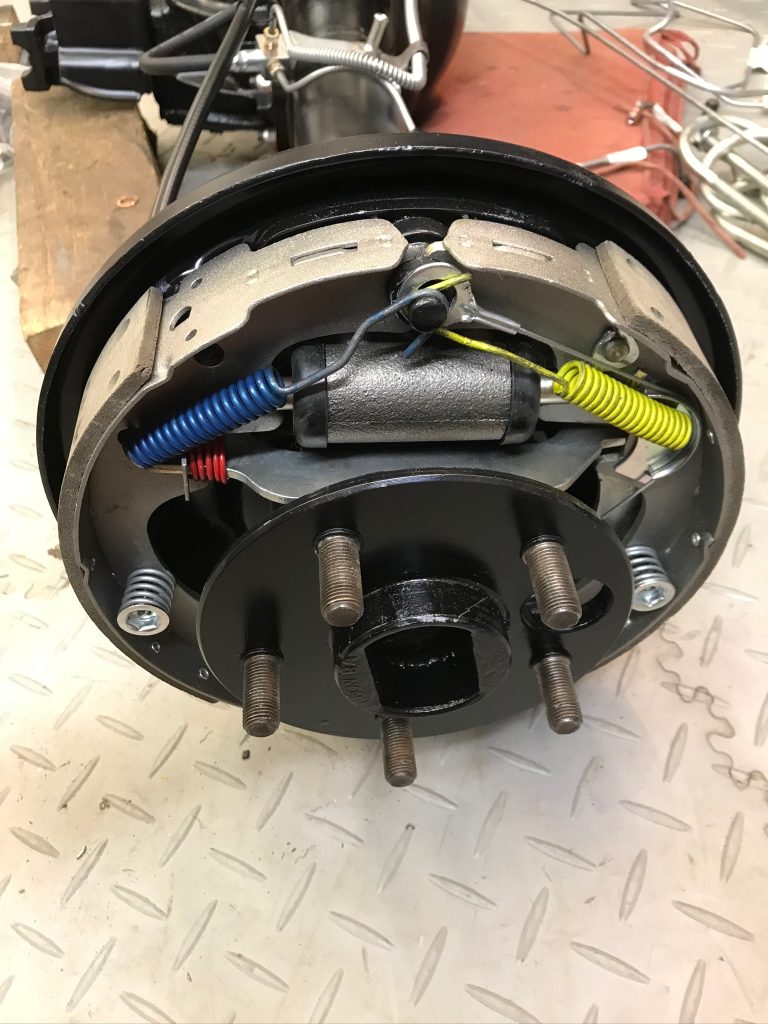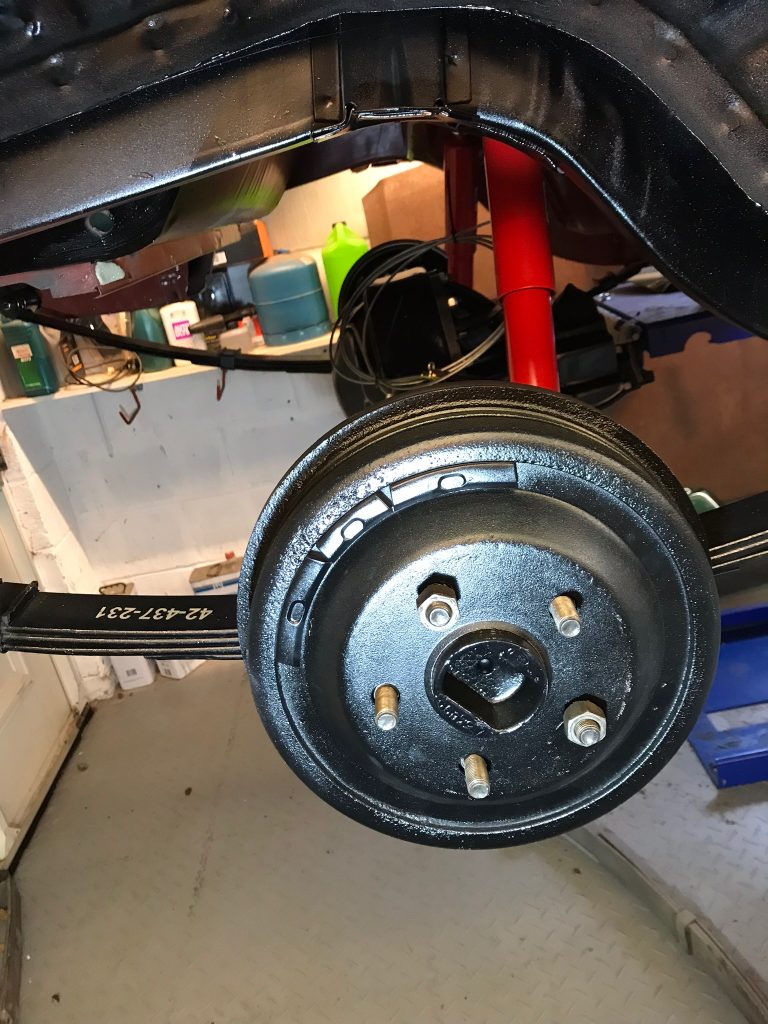Brakes on classic cars of a certain age can be pretty ropey even when they’re in perfect condition. When they’re out of adjustment, corroding or just plain worn out from doing their job, they can be positively scary. Which is why it can’t be overstated how important it is to go beyond a simple service and treat brakes to a general round of preventative maintenance every now and then.
Jaguar and Dunlop put disc brakes on the map by winning the 1953 24 Hours of Le Mans with them, but it was a long time before they filtered down to less than exotic cars as standard equipment. In the 60s, the Mini had single leading shoe on the rear (one wheel cylinder) and twin leading shoe (two wheel cylinders) on the front. They were pretty useless by modern standards and needed far more adjustment than they were ever going to get. Earlier Minis didn’t have auto-adjusters on the shoes and it was anybody’s guess which way they were going to tug the steering when you jumped on the brakes.

Upgrades are available for some cars and again, the Mini could be upgraded with Cooper discs and hubs and today, there are far superior third-party alternatives for various cars including the Mini and Jaguar E-Type. For motorsport use, the World’s your oyster and with the Group 4 Mk2 Escort rally car I used to run a few years ago, maximising the stopping power was as important as the going power. The car only weighed 900kg, was powered by a 310bhp Millington Diamond engine and could get going very quickly in a short distance. AP Racing competition callipers and discs would stop it on a sixpence though, and shrugged off fade as if it didn’t exist.

There are historic solutions as well, such as the Alfin finned brake drums in cast alloy with steel inserts available for many period British cars. I’ve not had the pleasure but they should make a difference to braking performance by dissipating the heat. But if you prefer to keep things the way they were and get the original experience however flawed it might be, all you can do is make sure the brakes are in perfect condition. That means lavishing more attention on them than an original service schedule would have. Wheel cylinders on the old drum setups were prone to seizing through internal corrosion so keeping an eye on whether they are free or not by safely jacking up the car, removing the cylinder and getting a helper to very slightly depress the brake pedal, is worthwhile.
Care is needed that the pistons don’t pop right out when doing this, then make a good visual check on the condition of the cylinder. While you’re down there, check the adjustment of the brakes if adjustment is manual only. The adjusters themselves, which screw into the back plates, are notorious for seizing up so an occasional clean off from the outside is a good idea, as is wiping over a squirt of WD-40 or similar. If adjusters are automatic, check they’re working, free, and taking up the slack as they should do.
Chances are, if you own an older classic you’ll want to spend time fettling anyway and that’s where sparing a thought for what the brakes are actually doing pays off. They’re essentially energy converters, using friction to change the kinetic energy from a moving car into heat. When brake drums came off the parts shelves at the factory they might well have had a coat of black paint (nothing fancy, just a black enamel straight onto the metal), so a gentle clean and re-application of paint will help that process.

I usually use Hammerite satin smooth for that because it doesn’t need primer, is tough and will stay put, and the black colour helps dissipate heat. Its smooth finish also helps prevent the build up of muck so the surface can radiate heat as well as it’s ever going to, and let’s face it, on older braking systems you want every bit of stopping power you can squeeze out of them.
Read more
Socket Set: How to service and adjust drum brakes
3 tips for rebuilding your brake callipers
I worked on Mr. Bean’s Plymouth Barracuda brakes at the Goodwood Revival (and he didn’t die)









